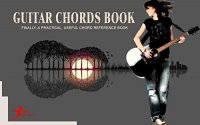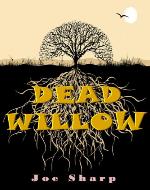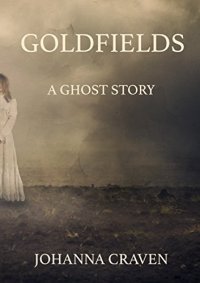Introduction
The first thing I learnt on guitar was a chord, it was the G chord. I
was very happy with my G chord and as soon as it sounded half
musical I was desperate to learn more.
My mother was my first guitar teacher and her background in folk
and gospel guitar provided a great foundation for me to learn from.
Once I knew three chords she would show me which order to play
them in and that was how I began to learn.
We had a few chord charts and music books lying around but I
often became discouraged with them because the diagrams were
awkward and they never offered any form of practical application.
I just wanted to play guitar and I certainly didn’t care about music
theory back then.
This book not only teaches you all the common, practical and usable
chord types you need to be a great guitarist, but also shows you
progressions so you can apply each new chord straight away.
How to make the most of this book
Every chord is displayed with three different variations to encourage
you to explore different ways of playing chords. This is an important
concept because moving from one chord to another can be really
hard and sometimes all you need to do is change the way you form
one of the chords.
The chords in this book are presented with clear diagrams and
accompanying photos to help you visualize and grasp each new
chord. The variations of each chord were chosen with ease and
playability in mind so you can become more acquainted with your
fret board faster. The better you know your way around the guitar,
the better your guitar playing will become.
Progressions
You will notice at the bottom of each page there is a list of three
different chord progressions. These have been included so you can
use each new chord straight away. I encourage you to experiment
with the different chord formations and find which shape is most
appropriate to each progression. For example, if you are moving
between E and B major, you may find it easier to play both from
the seventh fret, as opposed to trying to rush from the seventh fret
down to the second.
You will also notice that some of the progressions have been labeled
with a suggested musical style. Of course, you can apply all sorts of
progression to any style of music. However, musicians that play a
particular style of music often use progressions that have, over time,
become common to that specific genre.
Instead of dictating a rhythm to each progression I have intentionally
left them bare so you can explore the different, musical possibilities.
I encourage you to experiment with emphasis, tempo, groove
and feel. If you are yet to learn these skills refer to your Jamorama
course.
I hope you enjoy this book and on a final note the most important
thing, I believe, is to enjoy the music you play. Learn as much as
you can. Learn the “rules” so you can break them. Listen to as much
music as you can find. Talk with other musicians; get involved in
your local scene. If you only intend to learn a few chords and songs,
so you can pull out the guitar at a party, then take those few chords
and own them. Learn them through and through. The more you put
into to music the more you will get out.
Why Juan Can't Sleep: A Mystery? (Mini-mysteries for Minors Book 5)
Polar Bowlers: A Story Without Words Stories Without Words (Japanese Edition)
Crumbs on the Stairs: A Mystery (Mini-mysteries for Minors Book 2)
Reviews:
No reviews yet.
Third Party Reviews:
No reviews yet. Why not link one?
You can suggest a blog review here
<< Next post in Archived Books
Previous post in Archived Books >>
2017-08-14











